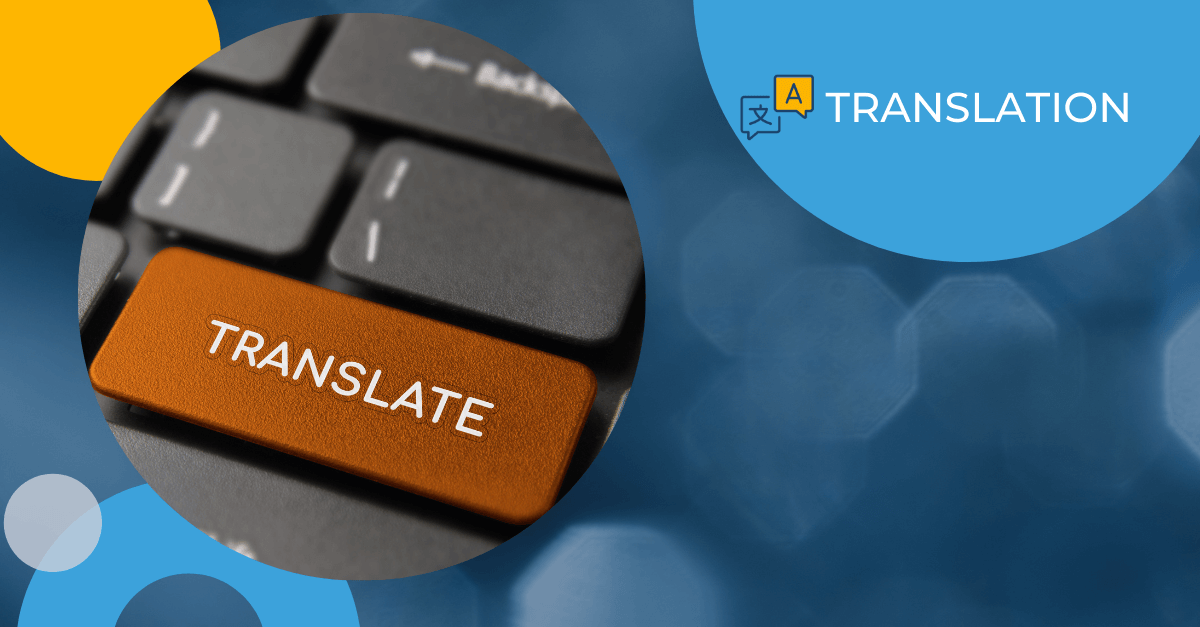While browsing the web, you may have come across a website written in a foreign language and attempted to use the ‘one-click’ translation function in your browser to instantly translate the text on the page. This is one way the ecommerce world has attempted to break down the language barrier with auto-translation.
Once the text has been translated, you were probably able to understand some of what the web page is saying, but many words or phrases likely made little sense. This is typical of end-users’ experience using auto-translation: it can be useful to get the gist of what a website or document is saying, but the quality is typically not very sufficient to get a clear understanding of what is written. What is worse is that vital information can easily be misinterpreted.
How does Auto-Translation work?
Auto-translation programs (such as Google Translate) work on a phrase by phrase basis, using a statistical algorithm to determine the meanings of words. In the case of Google’s translation tool, a back catalog of already translated texts is used. The algorithm analyzes the sentence against these texts to give the best result. The result depends on the quality of these translated texts, potentially leading to mistakes and awkward phrasing.
Auto-Translation of the Future
Auto translation technology is still in it’s infancy, with new technologies being developed and released regularly. The new technology we’re most excited about is the move towards neural machine translation (NMT). This approach to machine translation is structured in a similar way to the human brain and use complex calculations to select the appropriate translation. Unlike conventional machine translation, every component of the neural translation process is trained to maximize translation performance. Rather than simply translating the sentence word-for-word, this auto-translation technology can learn metaphors and idioms and their foreign language equivalents. This technology is still in its infancy, and represents a radical departure from standard MT approaches. If it proves successful, this technology will produce far more accurate translations and could render human translation a thing of the past.
Instant Translation Technology
The move towards highly accurate, instant machine translation would represent a significant step forward when it comes to communicating across languages. Both Google and Facebook are investing heavily in this new technology, which would significantly improve the user experience by providing automatic translation of ads as well as posts and messages.
Auto-Translation is not Foolproof
Currently, auto-translations are still not good enough to be used in professional settings. There are enough real-word examples of humorous and sometimes embarrassing translation mistakes on signs, product labels and menus around the world to remind us of the risks and potential fallout of relying on online auto-translation tools alone.
For the time being, in order to get a clear, accurate translation, your best bet is to have your document or website translated professionally by a native speaker of the target language. This ensures that the translation will be easily understood, culturally relevant, and avoid the misunderstandings and embarrassment that can result by using auto-translation software.


